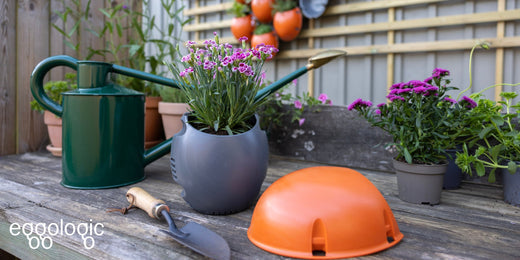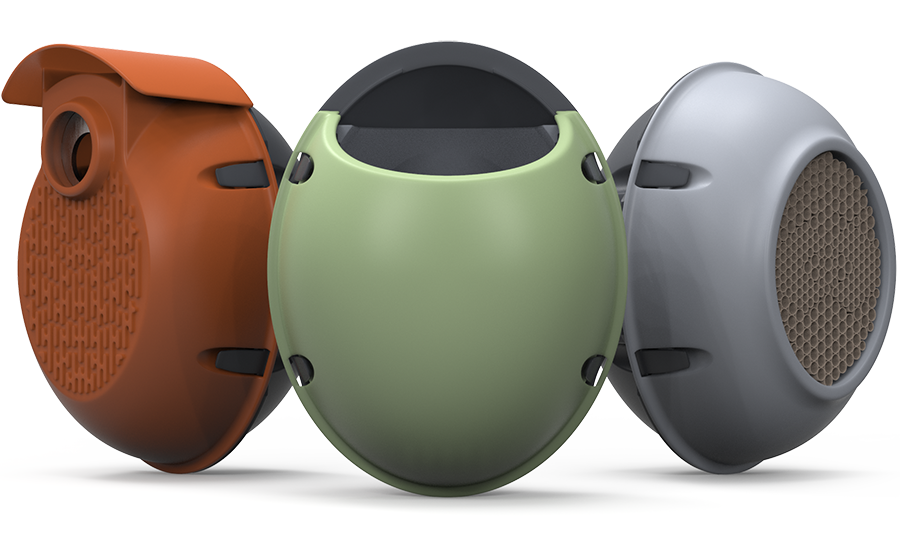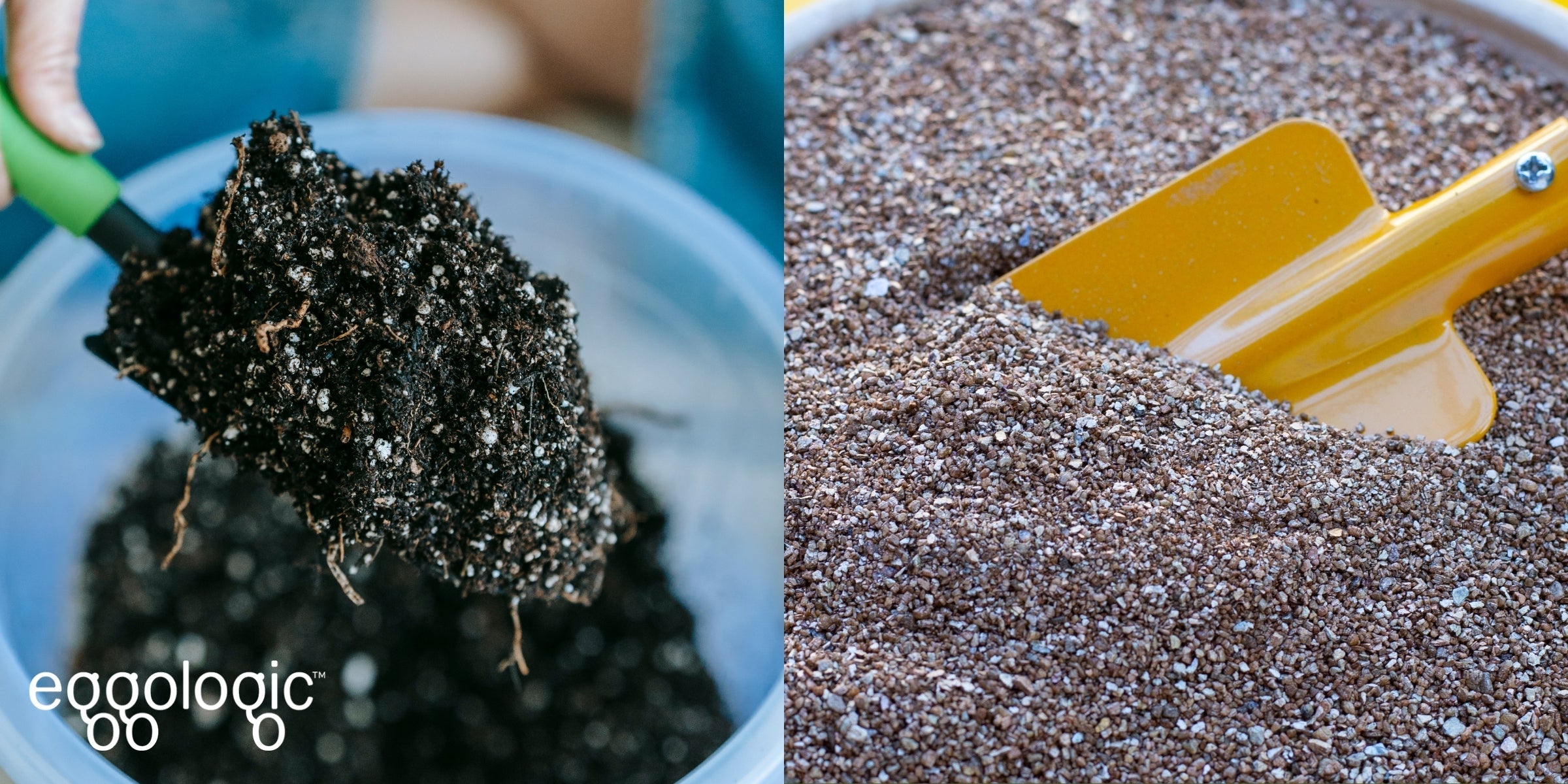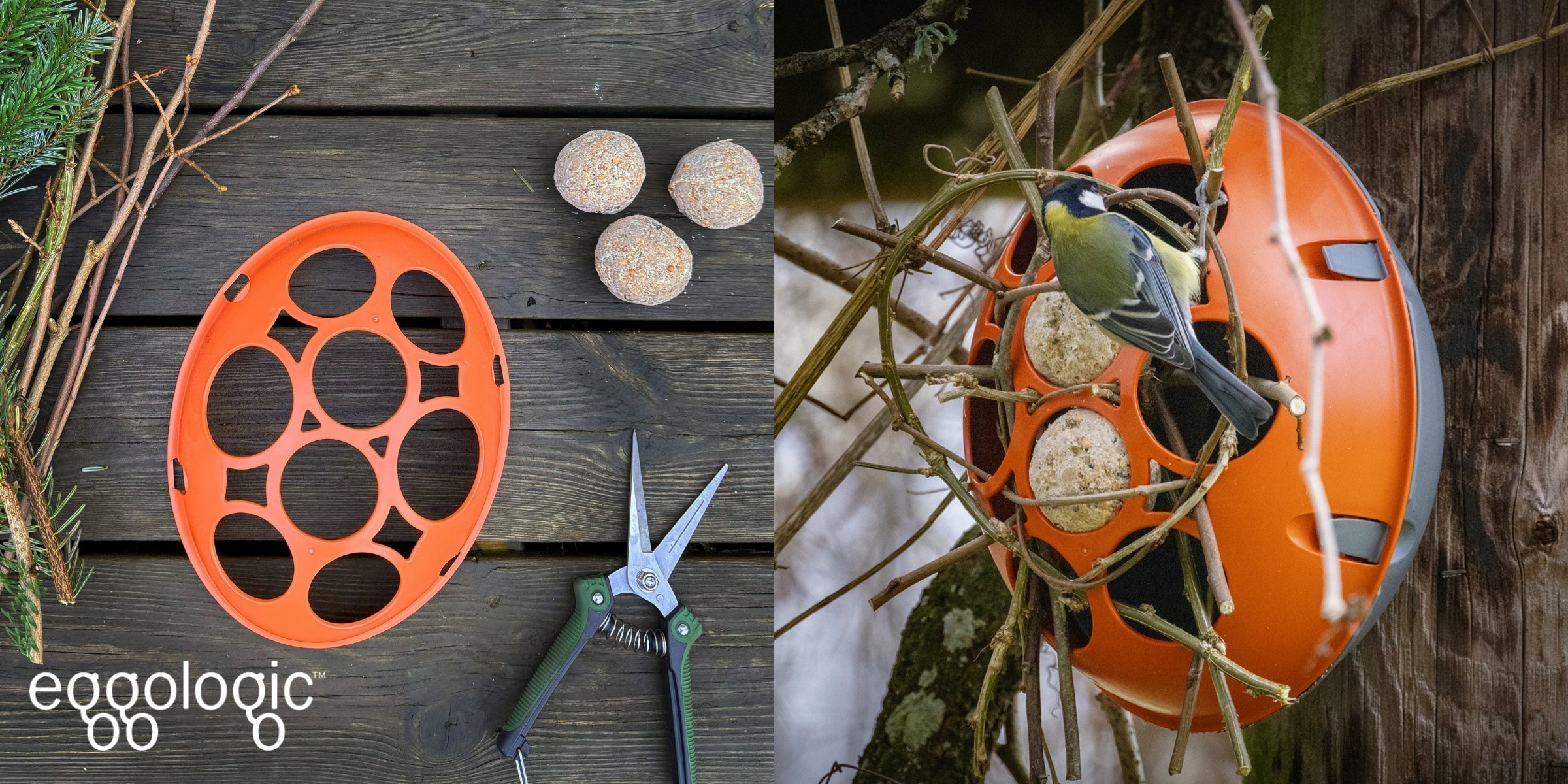
Choosing the Best Soil for Your Wall Planter (Plus How to Make the Perfect Mix)
Vertical gardens are snowballing in popularity thanks to their ability to green up tight spaces, small balconies, and empty walls. Because they function very differently from a typical garden, vertical gardens require different elements to thrive, especially the soil.
For vertical gardens, the soil is the most important decision you’ll make. The last thing you’d want is to buy seeds, wall planters, and soil mix and begin planting only to find out that the soil doesn’t work!
We’re here to make sure that never happens to you. Here’s a quick guide to help you choose the right soil for your wall planters.
Why Soil Choice Is So Important for Wall Planters
As you may have guessed, a vertical garden works differently from a normal potted planter or ground-planted garden. Normal potted plants often have the advantage of large, roomy pots with plenty of potting soil or potting mix to grow into.
On the other hand, ground-placed plants can take advantage of unlimited space, cool, insulated earth, groundwater, and the endless advantages of nature’s gardening wonders, such as mycelium and earthworms, which help deliver nutrients and aerate the soil.
But vertical gardens have to flourish without the benefits of large soil containers or the ground’s built-in advantages - and also try to be as light as possible. When we consider these limitations, it becomes obvious why soil choice is so critical to success.
Why Potting Soil or Potting Mix Aren’t Always Enough
Before we discuss soil science, let’s answer the question that must be buzzing around in your head: Why not simply use potting soil or potting mix for your vertical garden plants?
The short answer is yes, you could. But don’t expect great results in the long term. For starters, potting soil and potting mix, while often used interchangeably, are NOT the same thing. To see how they’re different, click here.
Many plants will grow well in a planter pod using only potting soil or potting mix - at least for a while. Because potting soil is formulated and structured to deliver high amounts of nutrition, freshly planted plants or seedlings will initially flourish in it. However, to support a plant in the long term, a good vertical garden soil has to provide more than just nutrition. In other words, potting soil is a great component of vertical garden soil, but it isn’t a great growing medium by itself.
The Science of Healthy Soil
The ground beneath our feet is much more than a lifeless expanse of dirt. It is home to one of Earth’s most important natural resources: the soil. As a bio-dynamic, chemically active matrix in the uppermost layer of our planet’s surface, soil is bursting with life. In just a teaspoon of topsoil, you can find more than 10,000 species of microbial organisms. Most healthy soils are a matrix of living and inert components in the following proportions by volume:
|
minerals |
45-50% |
|
organic matter |
5% |
|
water |
20-30% |
|
air/gas |
20-30% |
|
microorganisms |
>1% |
When this matrix of organic matter, water, air, minerals, and microorganisms is in balance, the soil is healthy and capable of providing everything a plant needs to survive and thrive. Our previous blog covers healthy soil structure in greater detail.
Want to Make Your Own Soil Mix? Here’s How
Now that you know what a healthy soil matrix looks like, it can help you replicate it in your vertical garden. Remember, unlike dense garden soil, an ideal growing medium for wall planters should be lightweight, airy, and capable of retaining nutrients and moisture.
You can use your knowledge of soil matrix and the in-depth description of ingredients (below) to source readily available things and formulate your own soil mix.
|
|
Organic Potting mix contrary to what you might think, contains no actual soil. Instead, it is a “sterile” blend of materials like peat moss, perlite, and sand to help with drainage and aeration, composted pine bark to provide nutrients and microorganisms, and a slow-release fertiliser to support plant growth. |
|
|
Compost is a mixture of ingredients that include decomposing plant and food waste, recycling organic materials, and manure. The resulting mixture is dense in plant nutrients and beneficial organisms. |
|
|
Vermiculite is the result of heating a naturally occurring mineral (magnesium, aluminium, iron silicate) until it expands (like popcorn). Vermiculite can absorb up to four times its weight in water and also absorbs plant-loving minerals such as potassium, magnesium, and calcium. |
|
|
Perlite is a natural volcanic glass with a relatively high water content. This lightweight and porous material is typically formed from obsidian (a volcanic rock). |
|
|
Vermicompost is the end-product, a process that involves a breakdown of organic matter by earthworms. Yep, it’s basically worm poo. But don’t worry, it looks just like soil. Also known as worm castings, vermicompost is rich in water-soluble nutrients and is an excellent, nutrient-rich organic fertiliser and soil conditioner. |
Recipe for Healthy Wall Garden Soil
We’re going to let you in on a secret: when it comes to the most commonly planted choices of flowers and herbs, our favourite soil mix for a wall planter looks like this:
|
Ingredient |
Percentage |
Benefits |
|
Organic potting mix (NOT potting soil) |
40% |
|
|
Compost |
20% |
|
|
Vermiculite |
15% |
|
|
Perlite |
15% |
|
|
Vermicast (worm castings or worm humus) |
10% |
|
Near-Sourcing Ingredients Is Always Best
When hand-picking your soil mix ingredients at your favourite nursery or plant store, keep the following tips in mind:
-
Peat moss is sourced from bogs and wetlands where dead plant material has collected, and often travels long distances to be sold. Peat bogs are important ecosystems, and stripping them of moss is not considered sustainable.
-
Coconut potting soil (coco coir) is a more sustainable option as it is derived from an easily renewable resource (coconut husks). But again, coco coir typically travels long distances to be sold.
Whenever possible, source ingredients from local providers, such as eco-friendly farms and suppliers. These materials are usually the freshest, require the least amount of travel (and related costs), and have been carefully selected by your provider.
The Eggologic Wall Planter
Besides a healthy soil mix, a vertical garden needs a reliable set of wall planters to thrive. The Eggologic Planter Pods are built with high-strength and weather-resilient material and packed with botanist-approved design features to support a wide range of plants. Whether you want to grow flowering vines, hardy perennials, or aromatic herbs, the Eggo Pods are perfect for you!





Leave a comment
This site is protected by hCaptcha and the hCaptcha Privacy Policy and Terms of Service apply.